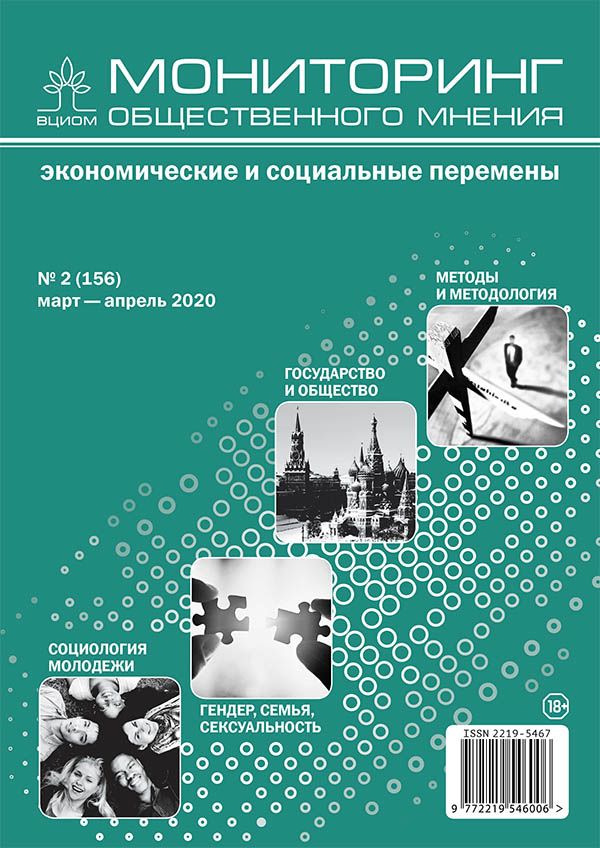Psychometric paradigm in risk research: a translation into Russian and a pilot study with a student sample
DOI:
https://doi.org/10.14515/monitoring.2020.2.761Keywords:
risk, risk perception, psychometric paradigmAbstract
The article presents a translation of the psychometric paradigm (P.Slovic, B. Fischhoff, S. Lichtenstein and others) into the Russian language. The authors conducted a pilot study using a student sample (n=83). The correlations and the cluster analysis results do not contradict the two-factor system, i.e. when the Unknown and Dread are present, which is often found in the foreign studies. In other words, the pilot study results point to the applicability of the method domestically. The method enables to place risks into a two-dimensional space. The data covering 12 risks show that the Dread dimension helps to distinguish between voluntary and involuntary risks. However, microwave ovens, asbestos dust and hair coloring obtained the maximum values for the Unknown dimension; this presumably reflects the specifics of the student sample.
Acknowledgments. The paper is part of the research project “Ratio between conventional risks and cyber risks: a case study with an extended version of the psychometric paradigm” (no. 20-01-023) in the framework of HSE Academic Fund Programme for 2020-2021 being part of Project 5-100.
The author expresses gratitude to M.B.Bytinko for valuable comments and to M.S. Solomin for the assistance in conducting the survey.






